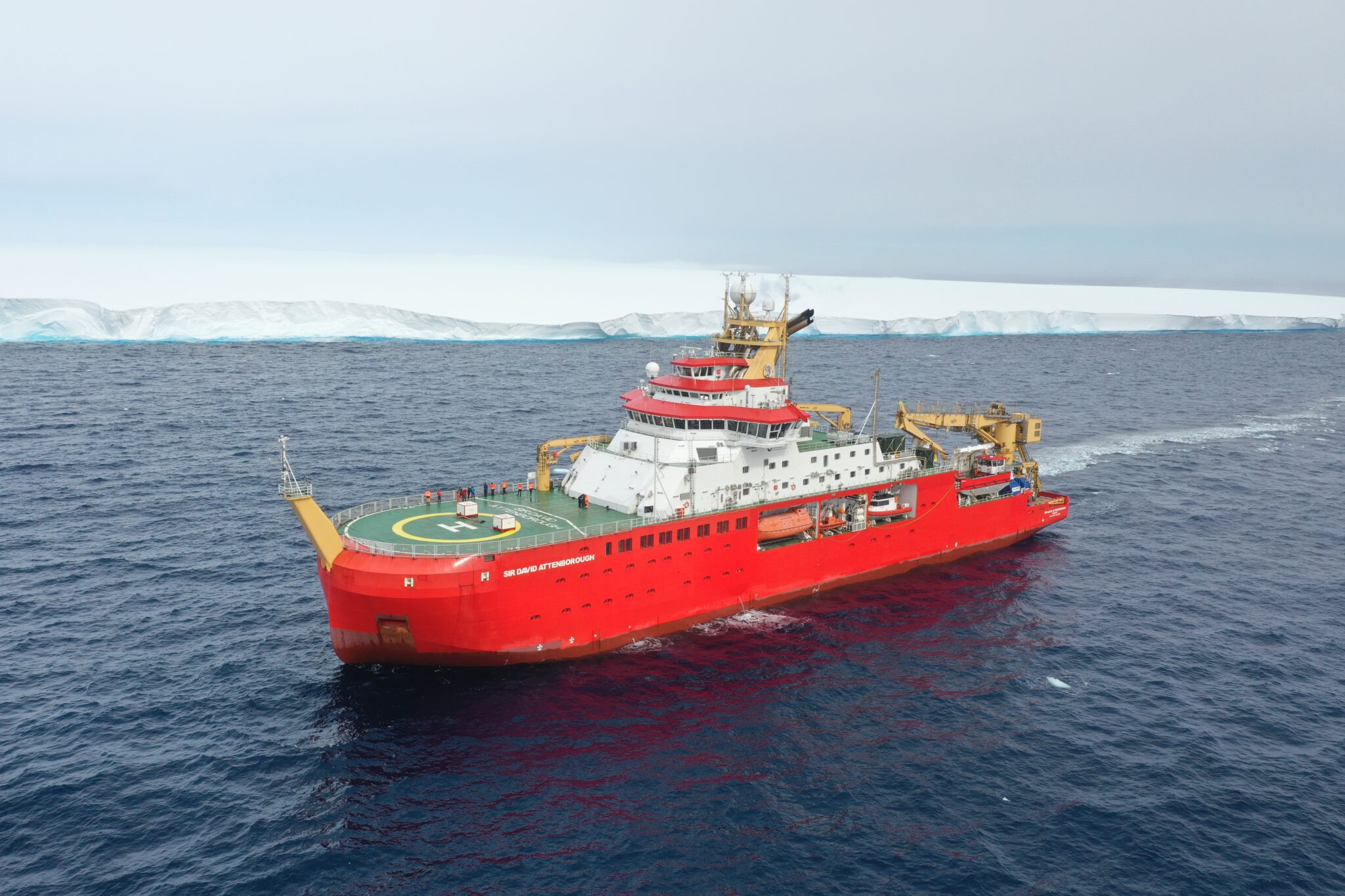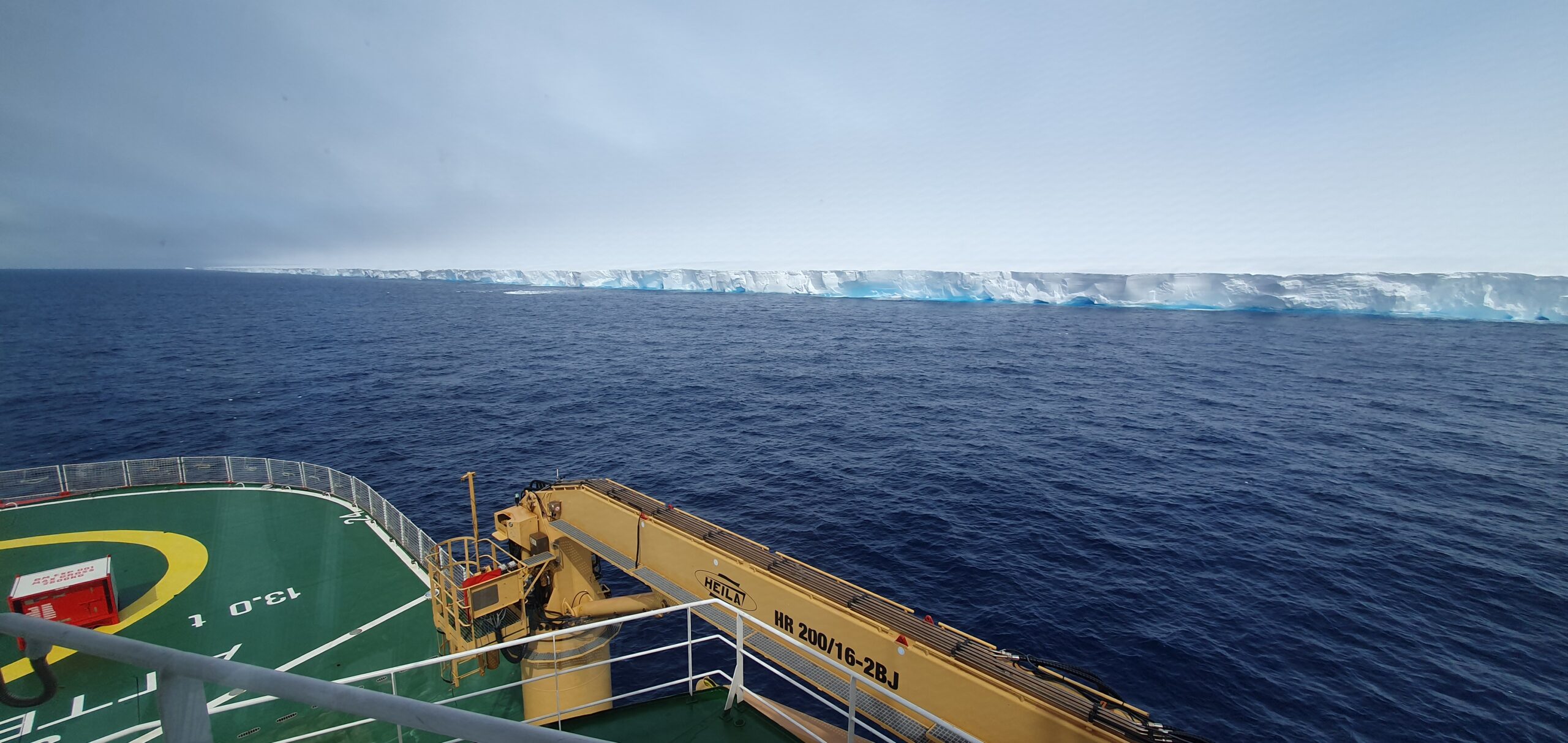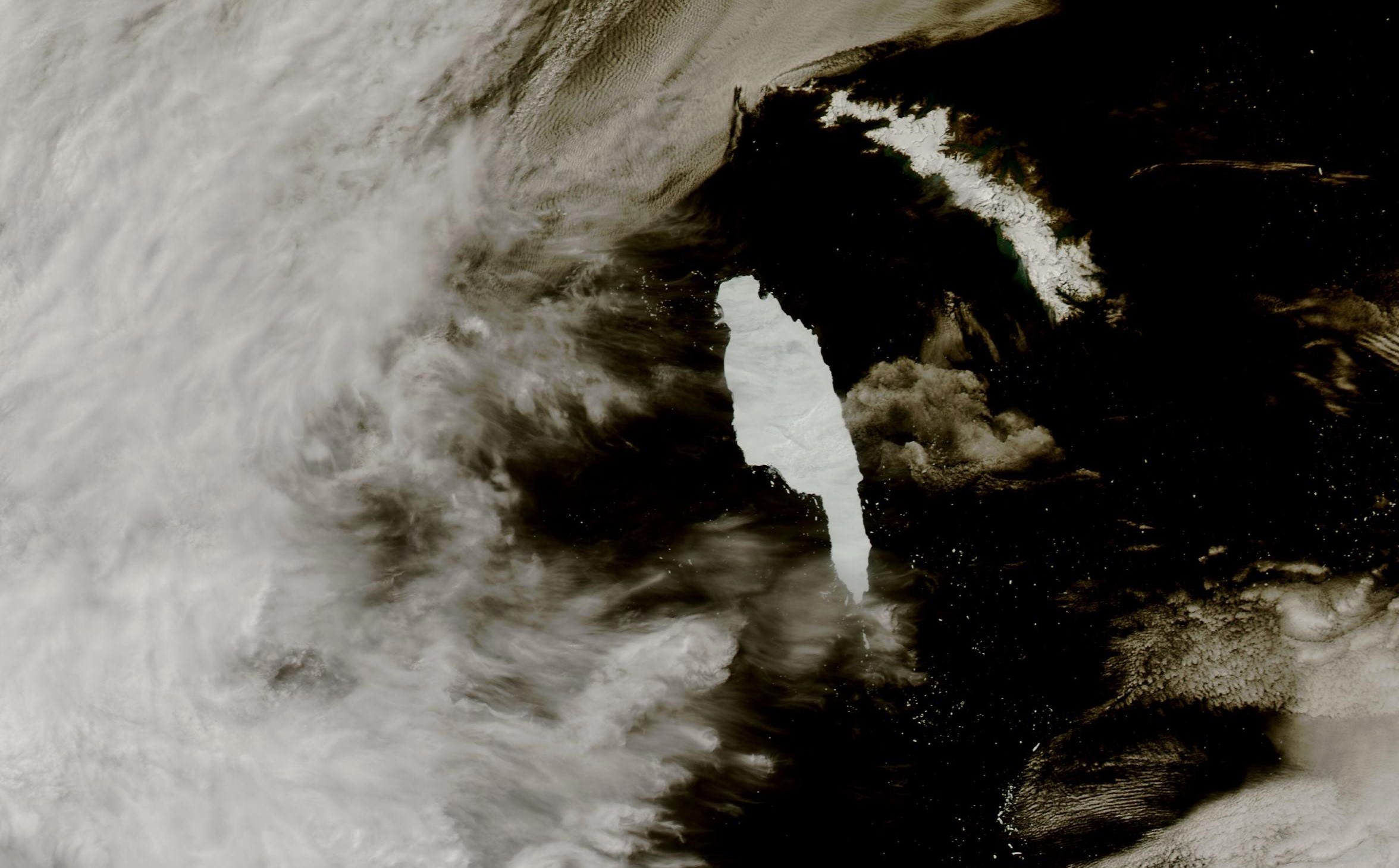Iceberg South Georgia is not just a frozen spectacle; it's a breathtaking phenomenon that has captured the imagination of scientists and adventurers alike. Picture this: massive chunks of ice floating gracefully in the Southern Ocean, their pristine white surfaces reflecting sunlight in a mesmerizing dance. These majestic icebergs are more than just beautiful sights—they're crucial indicators of our planet's health. Let's dive into the world of these icy giants and uncover what makes them so extraordinary and significant.
South Georgia, located in the remote reaches of the South Atlantic Ocean, is a place where nature still reigns supreme. The island is surrounded by vast expanses of water, and it's here that some of the world's most stunning icebergs make their appearance. For those who love adventure and exploration, South Georgia offers a unique opportunity to witness the raw power and beauty of nature up close. This remote destination is a haven for wildlife and a paradise for nature enthusiasts.
But why should we care about icebergs? Well, they're not just floating sculptures. Icebergs play a vital role in the global climate system, affecting ocean currents, marine life, and even weather patterns. As we delve deeper into this topic, you'll discover how these frozen giants influence our planet and why they deserve our attention and protection. So, buckle up and get ready for an unforgettable journey into the icy wilderness of South Georgia.
Read also:Hawks Vs Cavaliers The Epic Showdown Every Basketball Fan Needs To Know
What Makes Iceberg South Georgia Unique?
Icebergs around South Georgia are special because of their sheer size and stunning beauty. They're born from glaciers on the Antarctic Peninsula and drift northward, carried by ocean currents. As they travel, they carve out unique shapes and patterns, creating natural sculptures that are both awe-inspiring and humbling. These icebergs can be as tall as skyscrapers and as wide as city blocks, making them some of the largest floating objects on Earth.
South Georgia's location in the Southern Ocean makes it a prime spot for observing these icy wonders. The cold waters surrounding the island preserve the icebergs, allowing them to last longer before melting away. This creates a perfect environment for researchers and tourists alike to study and admire these natural marvels. Plus, the island's rich biodiversity adds another layer of fascination, as seals, penguins, and seabirds often congregate around the icebergs, creating a vibrant ecosystem.
How Are Icebergs Formed?
Icebergs start their life as part of massive glaciers that cover Antarctica. Through a process called calving, chunks of ice break off from the glaciers and fall into the ocean, forming icebergs. This process is influenced by factors such as temperature changes, wind patterns, and ocean currents. Once they're in the water, icebergs can drift for thousands of miles before eventually melting away.
Interestingly, only about 10% of an iceberg's mass is visible above the waterline. The rest remains submerged, making these floating giants much larger than they appear. This hidden mass can pose a significant hazard to ships, which is why tracking icebergs is crucial for maritime safety. Scientists use satellites and other advanced technologies to monitor their movements and predict potential dangers.
Why Are Iceberg South Georgia Important for Climate Studies?
Icebergs play a crucial role in the Earth's climate system. As they melt, they release fresh water into the ocean, affecting salinity levels and ocean currents. These changes can have far-reaching consequences, influencing weather patterns and marine ecosystems. By studying icebergs, scientists can gain valuable insights into the effects of climate change and develop strategies to mitigate its impact.
In South Georgia, researchers are particularly interested in how icebergs interact with the local environment. The island's unique geography and biodiversity provide a natural laboratory for studying these interactions. For example, icebergs can act as nutrient-rich "fertilizers" for marine life, bringing essential minerals to the surface waters and supporting a thriving ecosystem. This highlights the interconnectedness of all elements in the natural world and underscores the importance of preserving these delicate balances.
Read also:Champions League Draw The Ultimate Guide For Football Fans
The Impact of Climate Change on Icebergs
As global temperatures rise, icebergs are melting at an alarming rate. This not only affects the polar regions but has ripple effects throughout the planet. Warmer ocean waters are causing glaciers to retreat faster, leading to an increase in the number of icebergs being produced. While this might seem like a good thing for marine life, the rapid influx of fresh water can disrupt ocean currents and lead to unpredictable weather patterns.
Scientists are closely monitoring these changes to better understand their implications. By analyzing data from satellite imagery, ocean sensors, and field observations, they can track the movement and melting of icebergs and predict future scenarios. This information is vital for developing effective climate policies and ensuring the long-term health of our planet.
Exploring the Biodiversity Around Iceberg South Georgia
The waters surrounding South Georgia are teeming with life. From the majestic wandering albatross to the playful fur seals, the island is home to a diverse array of species. Icebergs play a key role in this ecosystem by providing habitats and food sources for marine animals. They also act as resting places for birds and seals, offering a safe haven in the vast expanse of the Southern Ocean.
One of the most fascinating aspects of this ecosystem is the way different species interact with each other. For example, krill—a tiny shrimp-like creature—thrives in the nutrient-rich waters around icebergs. These krill are a primary food source for many larger animals, including whales, penguins, and seals. This intricate web of life highlights the importance of maintaining healthy ecosystems and protecting the habitats that sustain them.
Key Species Found Near Icebergs
- Wandering Albatross: These magnificent birds have the largest wingspan of any living bird and are often seen soaring around icebergs.
- Antarctic Fur Seals: Known for their playful nature, these seals often congregate on icebergs to rest and socialize.
- Gentoo Penguins: With their distinctive orange beaks and playful demeanor, gentoo penguins are a common sight around South Georgia's icy waters.
- Blue Whales: The largest animals on Earth, blue whales feed on krill in the nutrient-rich waters surrounding icebergs.
The History of South Georgia and Its Connection to Icebergs
South Georgia has a rich history that dates back to its discovery by Captain James Cook in 1775. Originally seen as a potential whaling station, the island soon became a hub for scientific research and exploration. Over the years, scientists and adventurers have flocked to South Georgia to study its unique environment and the icebergs that surround it.
One of the most famous expeditions to South Georgia was led by Ernest Shackleton in 1916. After his ship, the Endurance, was crushed by ice in the Weddell Sea, Shackleton and his crew made a daring journey across the Southern Ocean to reach the island. Their survival against all odds is a testament to the resilience of human spirit and the challenges posed by the harsh Antarctic environment.
Shackleton's Legacy and Its Relevance Today
Shackleton's expedition not only highlighted the dangers of polar exploration but also underscored the importance of teamwork and perseverance. Today, his legacy continues to inspire scientists and adventurers who venture to South Georgia to study icebergs and the surrounding ecosystem. The lessons learned from his journey are still relevant, reminding us of the need to respect and protect the natural world.
Iceberg South Georgia: A Tourist Destination?
While South Georgia is a remote and challenging destination, it has become increasingly popular among adventure travelers. Tourists are drawn to the island's stunning landscapes, abundant wildlife, and the chance to see icebergs up close. However, tourism in this fragile environment must be carefully managed to ensure it doesn't harm the ecosystem.
Ecotourism initiatives are being developed to promote sustainable travel practices and educate visitors about the importance of conservation. These programs encourage tourists to appreciate the beauty of South Georgia while minimizing their impact on the environment. By supporting responsible tourism, we can help preserve this unique destination for future generations.
Tips for Visiting South Georgia
- Choose a tour operator that prioritizes sustainability and environmental responsibility.
- Respect wildlife by keeping a safe distance and avoiding disturbances.
- Follow Leave No Trace principles to minimize your impact on the environment.
- Learn about the history and science of South Georgia to deepen your appreciation of the destination.
Scientific Research on Iceberg South Georgia
Scientists from around the world are conducting groundbreaking research on icebergs in South Georgia. Using advanced technologies such as drones, underwater robots, and satellite imagery, they're uncovering new insights into the behavior and impact of these frozen giants. This research is crucial for understanding the effects of climate change and developing strategies to address them.
One of the most exciting areas of study is the role icebergs play in carbon sequestration. As they melt, icebergs release nutrients into the ocean, stimulating the growth of phytoplankton. These tiny organisms absorb carbon dioxide from the atmosphere, helping to reduce greenhouse gas levels. By studying this process, scientists hope to find new ways to combat climate change and protect our planet.
Key Findings from Recent Studies
- Icebergs can transport large amounts of iron and other nutrients across the ocean, enhancing marine productivity.
- The melting of icebergs contributes to the formation of cold, dense water masses that influence global ocean circulation patterns.
- Icebergs provide critical habitats for marine life, supporting biodiversity in the Southern Ocean.
The Future of Iceberg South Georgia
As climate change continues to reshape our planet, the future of icebergs in South Georgia remains uncertain. While some scientists predict an increase in iceberg production due to melting glaciers, others warn of the potential dangers posed by these floating giants. It's clear that understanding and protecting these icy wonders is more important than ever.
By working together, we can ensure the survival of icebergs and the ecosystems they support. This involves reducing greenhouse gas emissions, promoting sustainable practices, and supporting scientific research. Every action we take today can make a difference in preserving the natural beauty and ecological significance of South Georgia's icebergs for future generations.
What Can You Do to Help?
- Reduce your carbon footprint by making eco-friendly choices in your daily life.
- Support organizations that focus on climate research and conservation efforts.
- Spread awareness about the importance of protecting icebergs and their surrounding ecosystems.
Conclusion
In conclusion, iceberg South Georgia is a remarkable phenomenon that deserves our attention and protection. From their role in the global climate system to their impact on marine biodiversity, these frozen giants are vital components of our planet's health. By studying and appreciating icebergs, we can gain valuable insights into the effects of climate change and develop strategies to address them.
I encourage you to take action by reducing your carbon footprint, supporting conservation efforts, and spreading awareness about the importance of protecting icebergs. Together, we can make a difference and ensure the survival of these natural wonders for future generations. So, what are you waiting for? Join the movement to protect our planet and its incredible icebergs today!
Table of Contents
- What Makes Iceberg South Georgia Unique?
- How Are Icebergs Formed?
- Why Are Iceberg South Georgia Important for Climate Studies?
- The Impact of Climate Change on Icebergs
- Exploring the Biodiversity Around Iceberg South Georgia
- Key Species Found Near Icebergs
- The History of South Georgia and Its Connection to Icebergs
- Shackleton's Legacy and Its Relevance Today
- Iceberg South Georgia: A Tourist Destination?
- Tips for Visiting South Georgia
- Scientific Research on Iceberg South Georgia
- Key Findings from Recent Studies
- The Future of Iceberg South Georgia
- What Can You Do to Help?
- Conclusion


